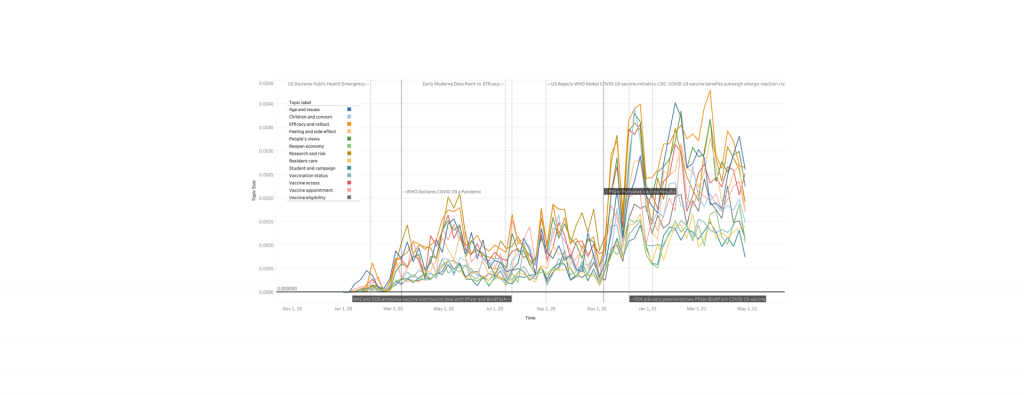This study delves into the intricate dynamics of agenda-setting between Twitter and elite news media concerning COVID-19 vaccines. A comprehensive dataset comprising 501,531 US-based, English-language tweets and 7,282 news headlines extracted from The New York Times and The Washington Post was collected from January 1, 2020, to April 30, 2021. To uncover the temporal evolution of content topics, Latent Dirichlet Allocation (LDA) was employed alongside sentiment analysis to gage corresponding valence levels. Granger causality tests were then conducted on the time series of topic sizes and valence scores from tweets and news headlines to explore the intermedia agenda-setting effects. The LDA analysis identified 13 topics, with Twitter discourse predominantly focusing on the top five ranked topics, while news headlines exhibited a more even distribution across all topics. The Granger causality tests revealed tweets-to-news Granger causality for four topics, news-to-tweets Granger causality for four topics, and mutual influence for the remaining five topics. Consequently, the directions of the agenda-setting effects varied depending on the specific discussions' topics. The findings indicated that elite news media wielded greater influence over socially impactful aspects of COVID-19 vaccination, while Twitter exhibited an agenda largely independent of elite news media, centering on highly personal facets of COVID-19 vaccination. Furthermore, the transfer of salience in topics was more pronounced compared to valence.
Tracking Attention About COVID-19 Vaccines On Twitter And Newspapers: A Dynamic Agenda-Setting Approach
